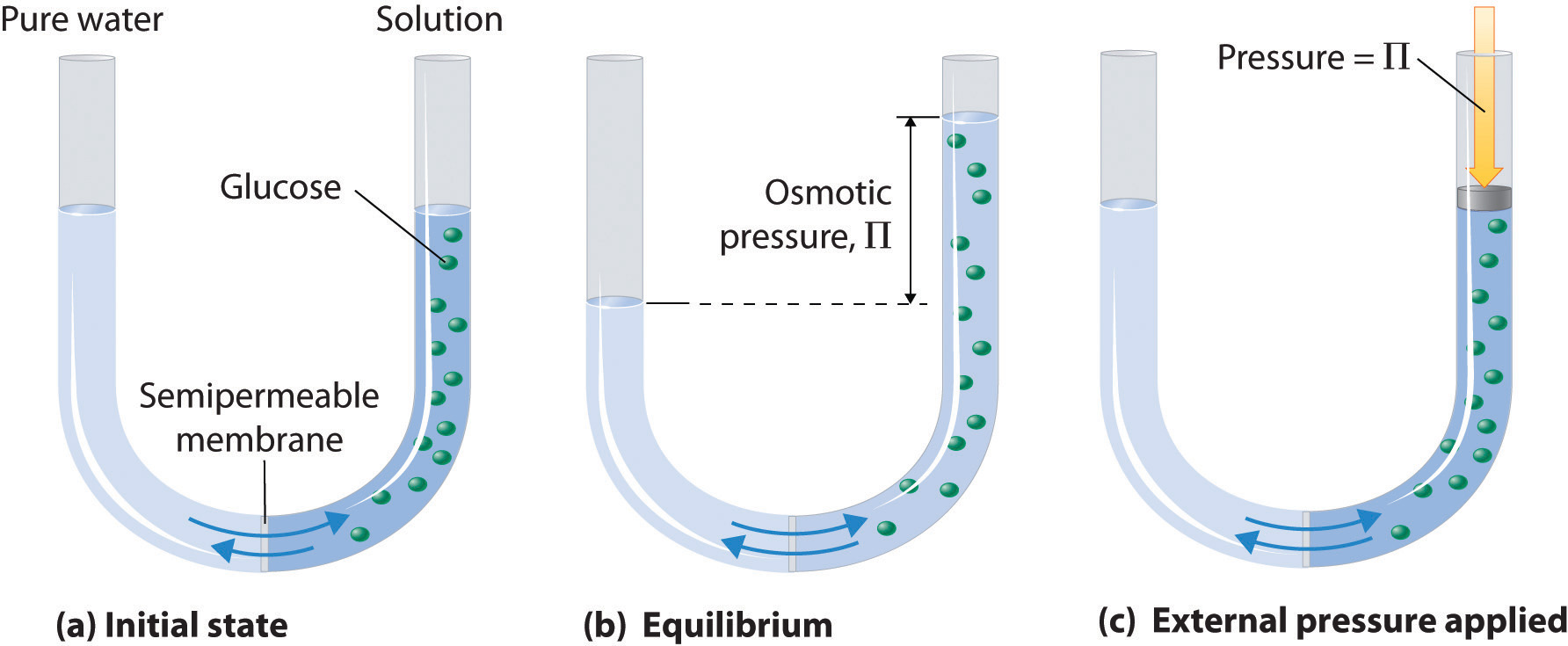Question #b33b7
1 Answer
Explanation:
The idea here is that you're looking for the number of osmoles of glucose present for every
Now, an osmole is simply a mole of particles of solute that contribute to the osmotic pressure of a solution.

The number of osmoles present for every mole of solute is calculated by looking at how many moles of particles of solute are produced in solution for every mole of solute dissolved to make the solution.
In this case, glucose is a non-electrolyte, which means that it dissolves in solution without dissociating into ions.
This implies that every mole of glucose that is dissolved in water will produce
In other words, you have
#"1 mole glucsoe = 1 osmole"#
Now, to find the number of moles of glucose present in your sample, use the compound's molar mass
#0.291 color(red)(cancel(color(black)("g"))) * "1 mole glucose"/(180.156color(red)(cancel(color(black)("g")))) = "0.001615 moles glucose"#
To find the molarity of the solution, use its known composition as a conversion factor to find the number of moles of solute present in
#1 color(red)(cancel(color(black)("L solution"))) * overbrace("0.001615 moles glucose"/(1.03color(red)(cancel(color(black)("L solution")))))^(color(blue)("the known composition")) = "0.00157 moles glucose"#
Since
#"molarity" = "0.00157 mol L"^(-1)#
This implies that the osmolarity of the solution is equal to
#0.00157 color(white)(.)color(red)(cancel(color(black)("moles glucose")))/"1 L" * "1 Osmole"/(1color(red)(cancel(color(black)("mole glucose")))) = color(darkgreen)(ul(color(black)("0.00157 Osmol L"^(-1))))#
The answer is rounded to three sig figs.

